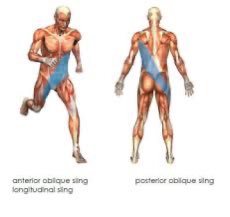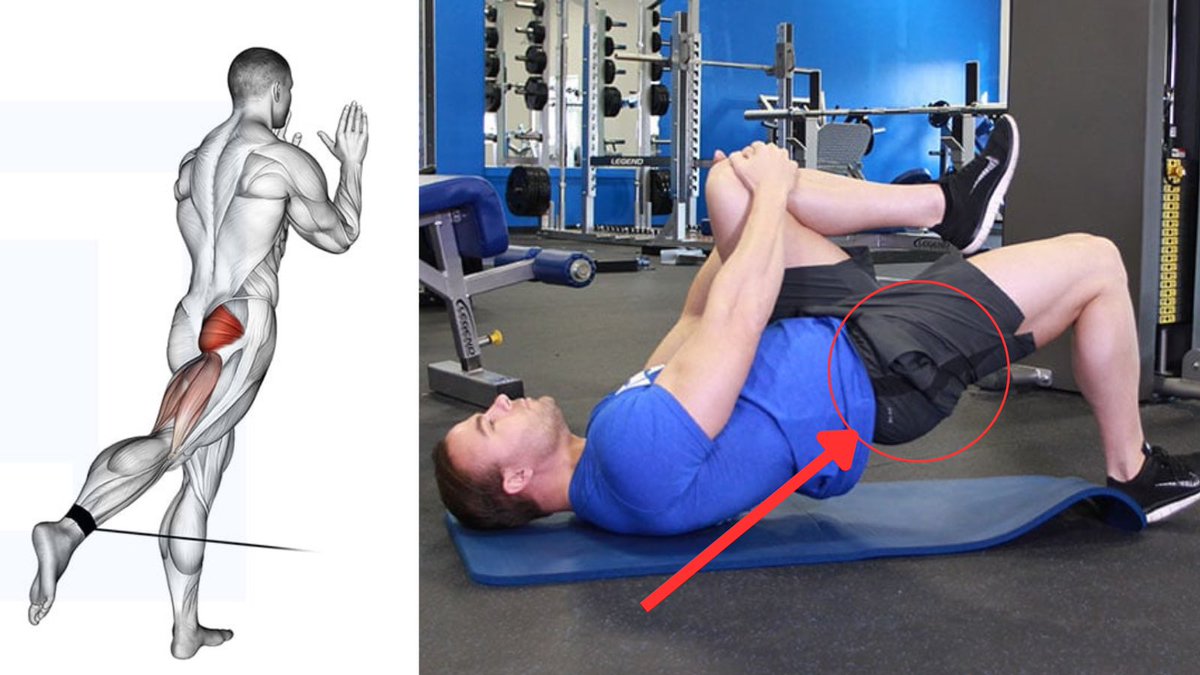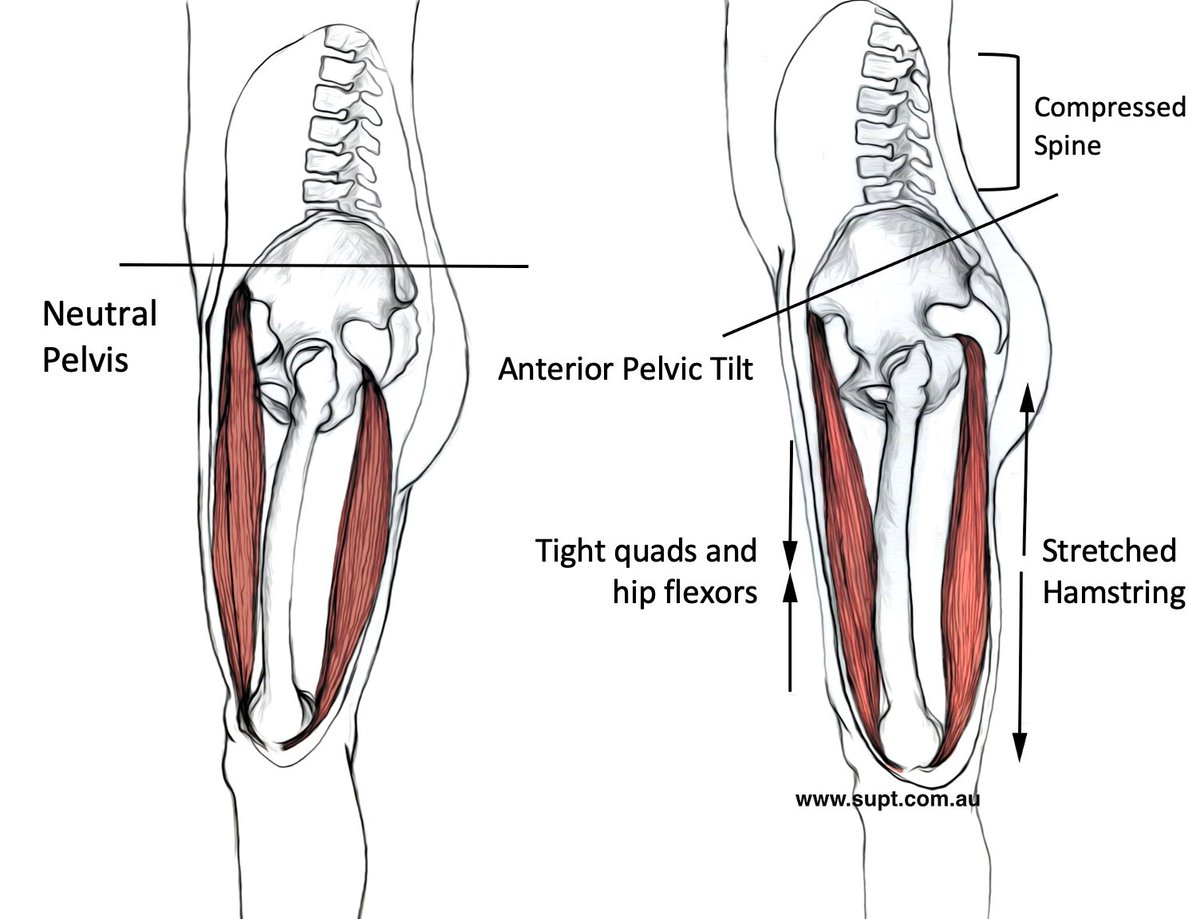A thread on how to train the obliques
The six pack abs get all the love, but the obliques are way more responsible for movement & function.
The obliques have roles in:
✅Pelvic control
✅Trunk rotation
✅Trunk stiffness
✅Exhalation
They can be split into the internal...
The six pack abs get all the love, but the obliques are way more responsible for movement & function.
The obliques have roles in:
✅Pelvic control
✅Trunk rotation
✅Trunk stiffness
✅Exhalation
They can be split into the internal...

and external obliques.
They have similar actions, but internal obliques have a larger role in breathing & the external with trunk rotation.
So given these roles, it’s important to consider the role of the muscle fiber orientation. They mainly run horizontally. This means we
They have similar actions, but internal obliques have a larger role in breathing & the external with trunk rotation.
So given these roles, it’s important to consider the role of the muscle fiber orientation. They mainly run horizontally. This means we

want to train them in the frontal & transverse planes (sideways & rotationally) to recruit them for many of their functions.
I like to pair training pelvic control + exhalation because that’s what should be naturally occurring with the resting breath anyway.
To do this, I will
I like to pair training pelvic control + exhalation because that’s what should be naturally occurring with the resting breath anyway.
To do this, I will

use a position that allows them to sense a posterior pelvic tilt, more obliques than six pack abs, and will be comfortable to breathe in.
This 90/90 side plank is WAY harder than you think if you add exhalation.
This is a go-to for beginners.
This 90/90 side plank is WAY harder than you think if you add exhalation.
This is a go-to for beginners.
To train trunk rotation, I like a split stance to mirror gait/running a sense of the heel in the front, as that’s when we rotate our trunks to the same, stance-foot side. 

Then I will cue very light rotations. It won’t take much to feel the trunk dissociation from the pelvis via the obliques.
Finally, to train the proper trunk stiffness aspect of them, sprinting is probably the #1 activity for that. I’m serious.
Other targeted work includes: Heavy deadlifts. But here’s the thing- instead of holding our breath in and bracing like all hell, exhale until
Other targeted work includes: Heavy deadlifts. But here’s the thing- instead of holding our breath in and bracing like all hell, exhale until
the obliques are felt. A reach helps with this. Then inhale on top of it and drive.
Way more obliques without needed to suck & hold air.
Nothing wrong with also targeting the six-pack abs. That’s fun too, but don’t forgot how important the other abdominal muscles are.
Way more obliques without needed to suck & hold air.
Nothing wrong with also targeting the six-pack abs. That’s fun too, but don’t forgot how important the other abdominal muscles are.
This is a Postural Restoration Institute exercise
• • •
Missing some Tweet in this thread? You can try to
force a refresh















